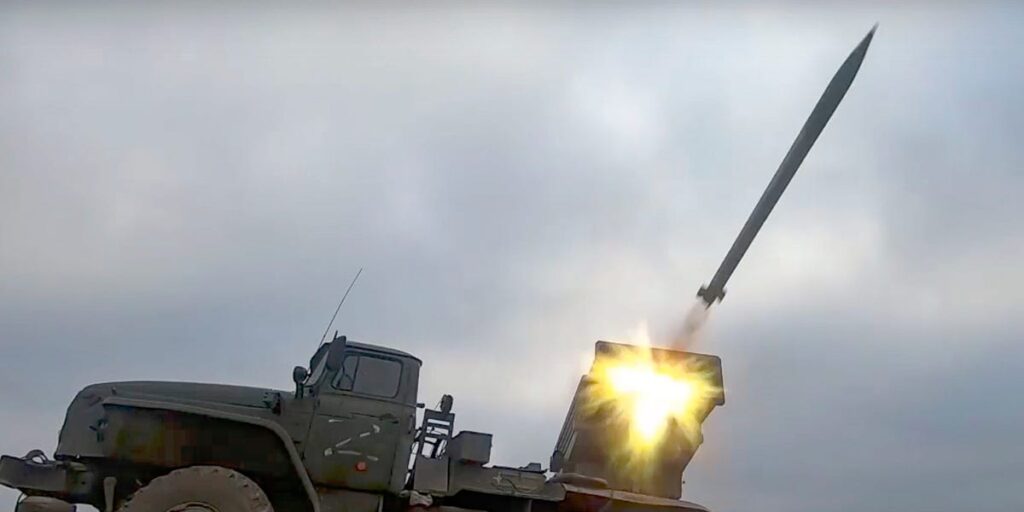Russia’s kill chain—the process from identifying a target to launching an attack—has significantly improved since the war in Ukraine began. Federico Borsari, a resident fellow at the Center for European Policy Analysis, noted that “the Russians are adapting, and this is certainly something NATO is observing.”
Russia is also surpassing the West in artillery production, which poses a challenge for NATO in terms of countering an adversary with greater firepower and advanced reconnaissance drones.
Initially, Russia struggled with delayed responses; the time between target acquisition and attack was often too long—hours for artillery and mortars, and even longer for cruise missiles. Borsari reported that Russian strikes could be delayed by up to four hours, making them ineffective against Ukrainian forces that had moved by the time the attacks occurred. In some cases, tactical missiles were wasted on small groups of infantry while larger targets, like airfields, received insufficient attention.
Early in the conflict, Russian reconnaissance systems were outdated, relying on aging satellites and a limited number of drones that couldn’t keep pace with combat operations. This ineffective reconnaissance translated to poor target selection.
Russian command and control systems also faced challenges due to their inflexibility and outdated structure, which complicated the approval processes for strikes. Many soldiers lacked clear responsibility due to communication issues and confusion within the ranks.
Over time, Russia began using a broader array of tactical drones for target acquisition, flooding the airspace with hundreds of systems at different altitudes. This shift has enhanced situational awareness, allowing for more coordinated strikes and better utilization of aerial assets.
Drones have become essential, with reports indicating that Russia ramped up Orlan drone production significantly in 2023. Insufficient Ukrainian air defenses have allowed Russia greater maneuverability, enabling intelligence collection on Ukrainian operations.
With improved reconnaissance, Russia has started using precision-guided munitions more effectively, including short-range ballistic missiles like the Iskander-M and glide bombs targeting high-value positions in Ukraine.
Additionally, a temporary shortage of artillery ammunition forced Russia to adjust its tactics, transitioning from mass bombardments to precision strikes. This shift coincided with improvements in command structure and operational coherence, aided by the integration of civilian technology into military operations, such as smartphones and satellite communications.
Despite advancements, using civilian tech carries risks, including exposure to enemy strikes and intelligence leaks.
As Russia’s improved kill chain matures, NATO must remain vigilant. Western forces need to enhance training for rapid maneuvers in small formations to mitigate exposure to strikes. Borsari emphasized that the conflict has highlighted the need for dispersed and agile forces.
Experts argue that NATO must prepare for a more experienced and precise adversary. An immediate focus should be on targeting Russia’s production of high-tech drones and precision munitions to hinder its operational capabilities.


